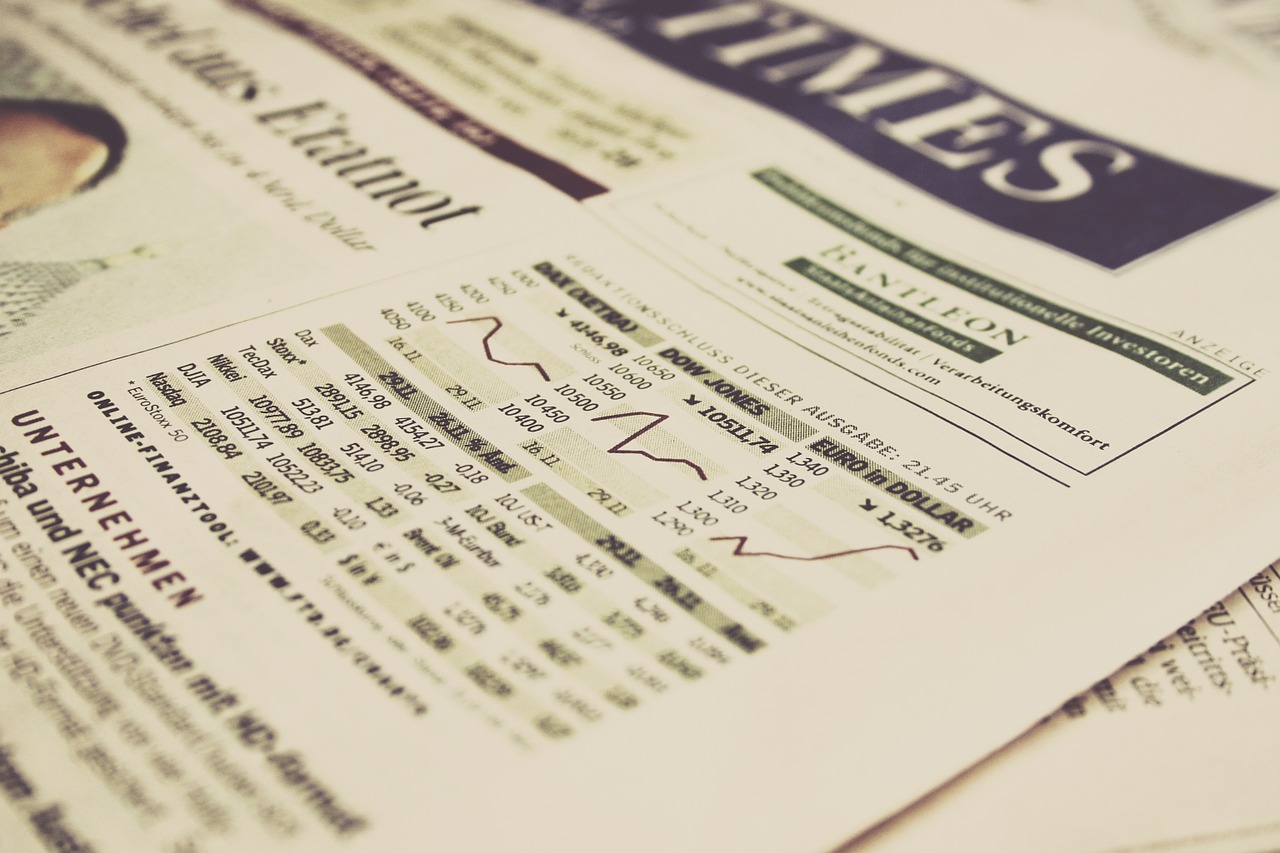An exploration of what a PE ratio is and how it can be used to identify profitable stocks prior to purchase.
When the time comes to add a new stock to your portfolio, there is a lot to think about. You have to factor in a company’s revenue, income, assets, and many other factors. However, one of the most crucial things to consider is a stock’s PE ratio. What is it, and how can you use it?
What Is a PE Ratio?
PE ratio means price-to-earnings ratio. It allows you to compare a company’s stock price to its earnings to see whether it’s undervalued or overvalued on the stock market. This valuable calculation can help you make an informed decision about whether a stock is a worthwhile addition to your portfolio.
How Do You Calculate the PE Ratio?
Even if mathematics or finance isn’t your strong suit, that doesn’t mean you won’t be able to quickly work out your chosen stock’s PE ratio to determine if it’s a good fit for you. Essentially, this form of calculation tells you the company’s earning potential and whether or not it’s reflected in the market price.
The calculation is a simple one. Take the stock and divide it by its earnings. If your stock of choice is trading at $50 per share and generates $2 per share, the PE ratio would be 25. This is based on the calculation of 50/2. There are plenty of examples of good PE ratios out there, but what you may notice is that the picture can sometimes look a bit more complicated, as we’ll discuss below.
Factoring In PE Ratio Variants
Dividing your chosen stock price by its earnings is a simple way to establish a stock’s worth in your portfolio. However, what if you want to know the average price of the stock over a period of time? The standard PE ratio calculation can determine its worth now. Still, it doesn’t factor in its last year or even its future earnings.
[ymal]
Trailing P/E Ratio
When deciding on the best stock to invest in, many people consider the trailing 12-month earnings, TTM, or trailing PE ratio. This allows you to calculate the company’s earnings over the past 12 months to gain an accurate insight into its past performance. Well-established financial websites often operate with this method.
Forward PE Ratio
No one can accurately predict the future, but past data does give us a reasonably good idea of what’s to come. Using the forward PE ratio method, some companies calculate a company’s future earnings to see if they could prove to be a valuable portfolio addition.
CAP/E Ratio
The CAP/E ratio, or Shiller PE ratio, refers to the cyclically adjusted price earnings ratio. While you may not have learned about this ratio during your schooling years, it’s worth understanding while choosing stocks for your portfolio. It allows you to use a company’s average earnings over a set period. Divide the price of the average earnings for the last decade, and adjust it for inflation.
Regardless of the variant you prefer, you can use this ratio to determine a stock or index’s value. The higher that ratio is, the higher the cost of the stock compared to the earnings. The lower the ratio is, the less expensive the stock.













